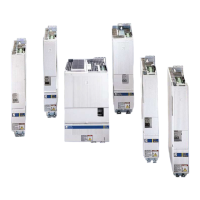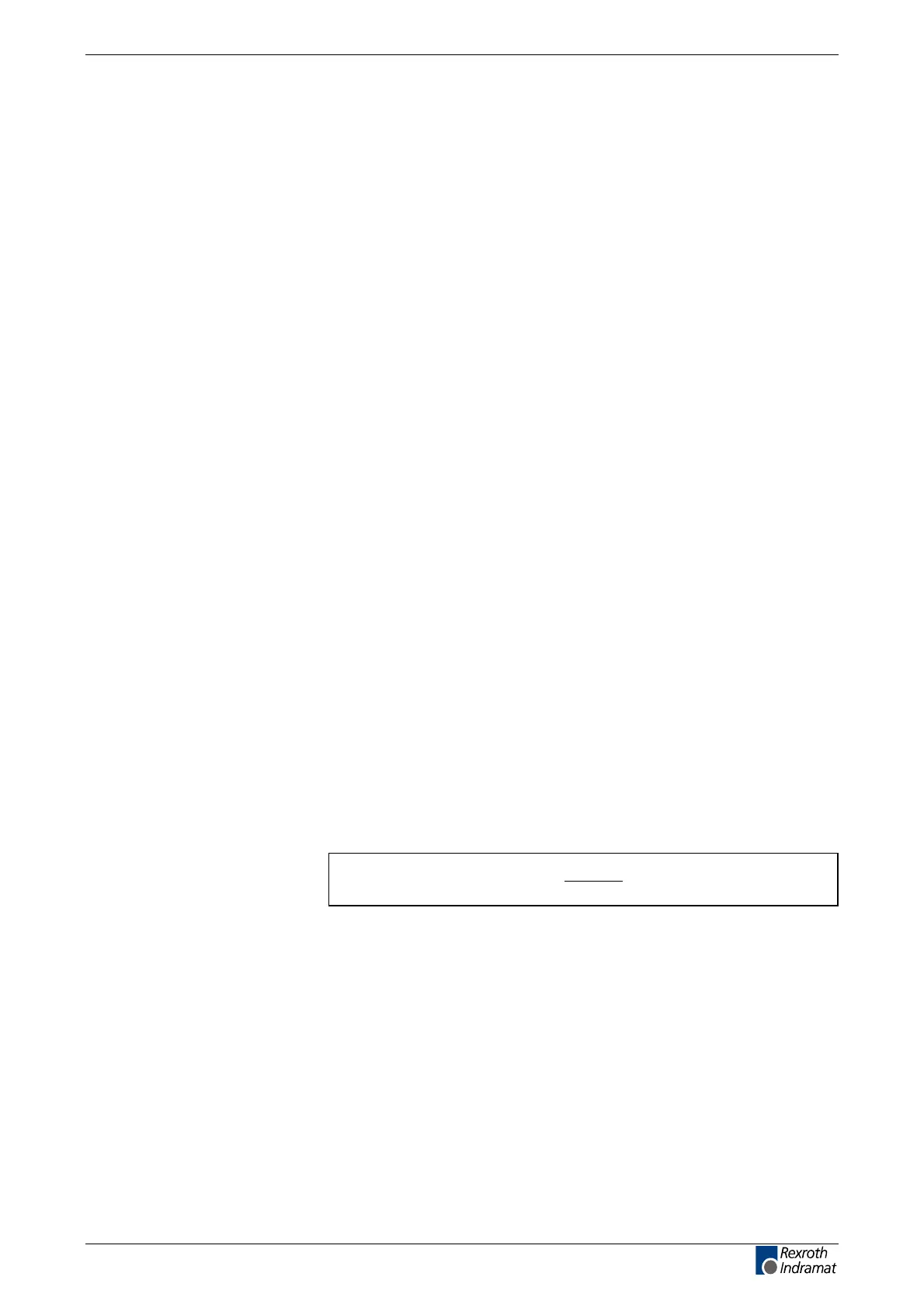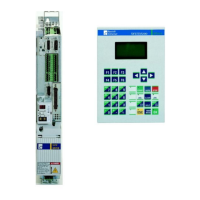tenibaC lortnoC eht gnitcurtsnoCsrellortnoC evirD 30EVIRDOCE 12-1
12 Constructing the Control Cabinet
12.1 Notes on Control Cabinet Project Planning
All ECODRIVE drive components, with the exception of motors, are
intended for mounting into a control cabinet. When planning the control
cabinet, take the technical data of the drive components into account.
To determine the necessary control cabinet size, not only the mechanical
dimensions (dimension sheets, etc.) but also such thermal features as the
power dissipation of the individual components, cooling air euent
temperatures and so on must be taken into consideration.
The power dissipation of ECODRIVE03 drive controller are specied in
the diagrams on page 12-2.
The temperature increases of the cooling air occurring in the euent
range
of the drive controller DKC and the auxiliary braking resistor
module BZM are specied in the diagrams "Temperature increase vs.
P
BD
" on page 12-8. The distances to the temperature-sensitive control
cabinet components such as leads and cable channels must be
maintained.
Power dissipation
Power dissipation is determined by the current load and the regenerated
power. The actual generated power dissipation depends on the relevant
load cycle, which is limited by the servo motor being used.
On the average, the maximum continuous standstill current I
dN of the
motor ows through
the drive controller
Look up in the relevant motor document both the continuous standstill
current I
dN
and torque M
dN
.
Determine rms torque M
e
of the application (see motor document).
Determine the following relationship current I
dN
edN
M
M*I
I =
Fig. 12-1: Determining current I
Using current I, nd the corresponding value of the current-dependent
power dissipation P
V, DKC , using the diagrams "Determining Power
Dissipation in the control cabinet".
Add both power losses ( P
V,DKC and P V,Braking resistor ). Use the sum ( P V,ges )
when planning the control cabinet.
Consider further components such as smoothing chokes, lters etc.
Determining power dissipation
customerservice@hyperdynesystems.com | (479) 422-0390

